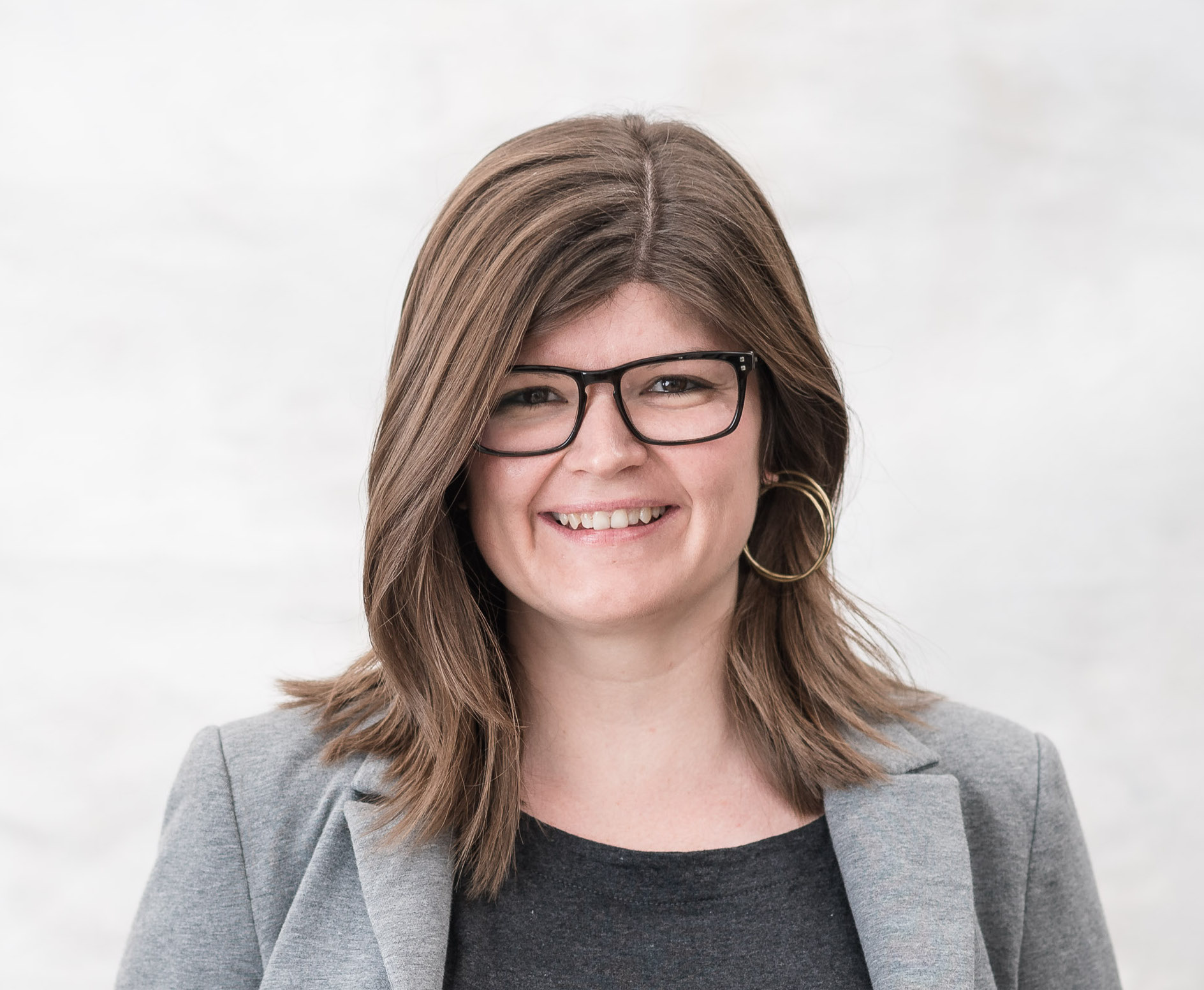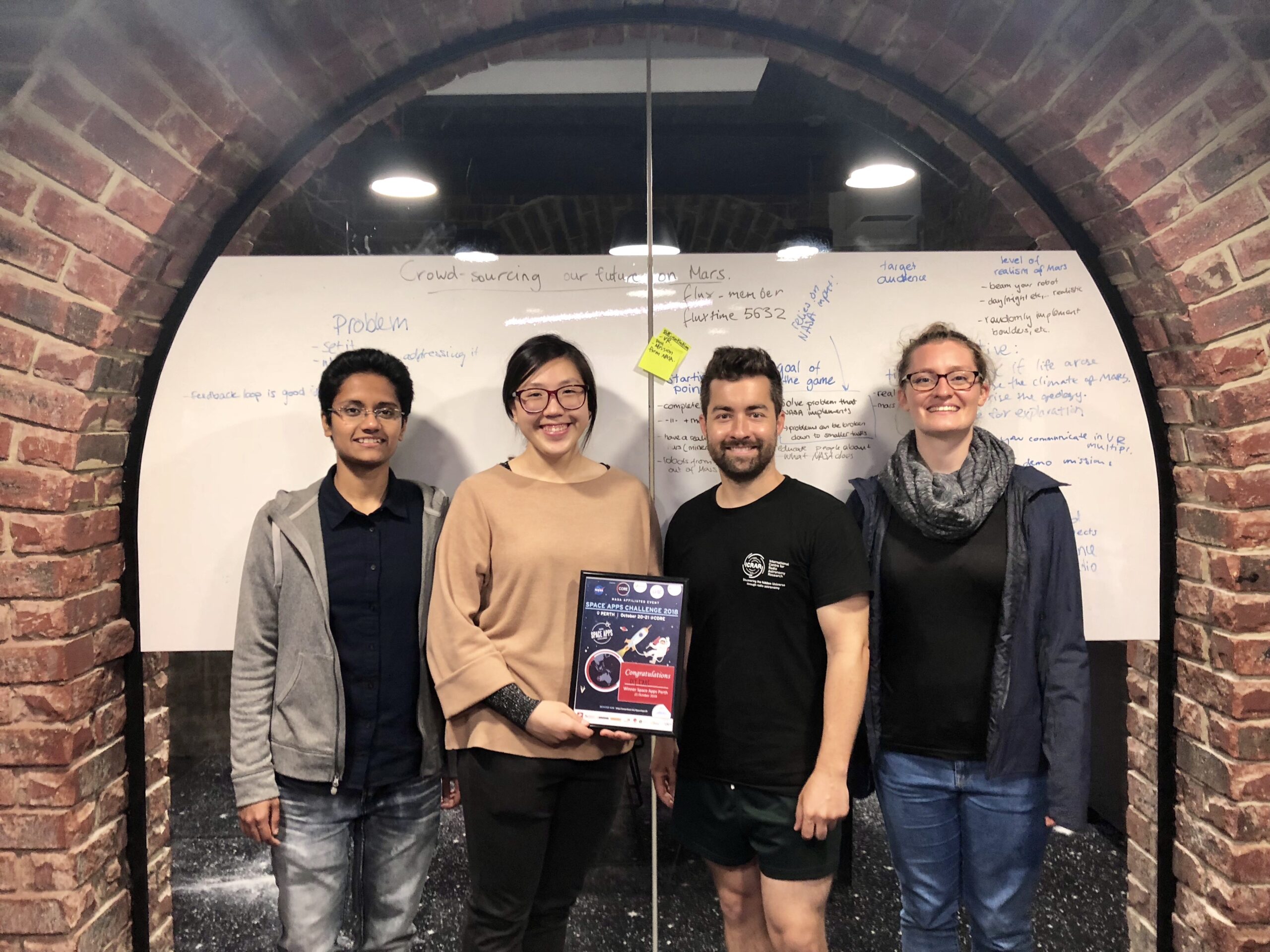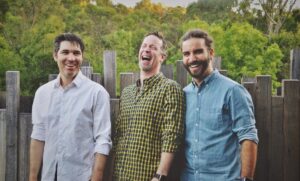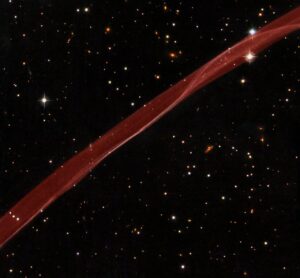Exciting things have been happening in the space sector in WA. A showcase of this talent was seen on the 2018 Perth leg of the global NASA Space Apps Challenge.
NASA Space Apps Challenge
2018’s challenge saw seven teams compete for two spots to represent Perth in the global competition, which was judged by NASA. The challenge runs hackathon-style, meaning that teams have just 48 hours to create a prototype of a brand new idea.
Each year, NASA issues specific challenges, and the teams create their prototypes around them. Despite the name NASA Space Apps Challenge, the challenges have actually grown far beyond just apps.
Last year, for example, there were 20 challenges, which ranged from building a tool to track rocket launch information to making a game from Hubble Space Telescope images to creating VR simulations of the Moon and Mars using NASA 3D models.
As Tamryn Barker, Co-Founder and CEO of CORE, shares with me, “NASA scopes and presents the Space Apps challenges—all are informed by actual missions. The breadth and complexity of the challenges makes it both tough and exciting for participants.”

She adds, “I love seeing how participants work through selecting a challenge, based on areas they are interested in (protecting the environment, pushing the boundaries of engineering, connecting humans to space) and where they think they can have an impact in a weekend.”
From the CORE to space
Along with Space Hub Perth and Unearthed, the challenge was again hosted by CORE Innovation Hub, which is Australia’s first collaboration and innovation hub for the resource sector.
While not immediately obvious, WA’s resource sector has been interested and supportive in space because of its existing capacity in stuff needed for space. This includes robots, autonomous vehicles and remote asset management.
Tamryn tells me that CORE’s mission is “to support the resources and energy sector and power the enterprises of the future, [so] we see it as a natural extension to help inspire the next generation of space entrepreneurs”.
CORE has been involved with the Space Apps challenge since the first Perth event in 2016, explains Tamryn.
“Space Apps was launched by NASA in 2012 and we thought it was important for Perth to be represented in this inspiring, global community”
Now that CORE is set up with a space in the CBD, they’ve been able to be the physical host for the Space Apps challenge for the past 2 years as well.
And the winner is…
The two winners of the 2018 challenge in Perth (which I had the great honour of being a judge for) were EarthARium and DIY Mars, both of which were on trend using VR/AR solutions. EarthARium uses augmented reality to present NASA’s Earth datasets and images in an engaging way in the classroom.
DIY Mars uses virtual reality to allow NASA to test current and upcoming missions by engaging the public in VR Mars exploration. How do they do this? In the same way the games industry uses playtesting to get feedback from the public on games in development, DIY Mars lets real humans test simulated missions in virtual reality.
I asked DIY Mars team member Tabea Rettelbach where her team’s idea came from. Originally, they wanted to use artificial intelligence (AI) to create a model of what Mars would look like once colonised by humans. But, she told me, “[it] quickly evolved into us being excited about creating a VR environment of Mars, which incidentally was one of the proposed challenges by NASA”.
Diversity FTW
I asked Jiaranai Keatnuxsuo, also from team DIY Mars, what her biggest takeaway was. “No innovation without diversity and inclusion,” she said—a nod to the high level of diversity in the teams at this year’s challenge and the innovative solutions that came out of it. As a woman in tech, it always makes me really happy to see so many women, people of colour and people from diverse educational backgrounds at events and hackathons.
The next challenge?
For those thinking about throwing their hats in the ring for the 2019 challenge, Jiaranai had this to say. “[My experience was] super fun, stressed and emotional. Lots of coffee, lots of tears, lots of screaming. It was so indescribable in words, only experience it in person.”
Would she do it again? “Yes!”









